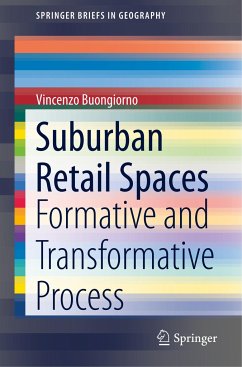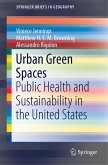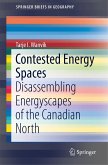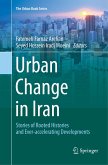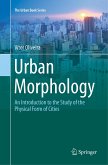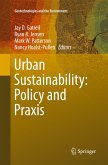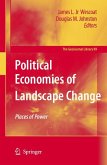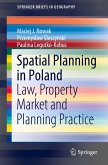This book derives from observations of the contemporary built environment and its contradictions. The suburban retail spaces, specifically the suburban shopping mall, and the changes caused by them within urban organisms are the object of the investigation synthesized in the volume. The topic is very crucial for the development of the contemporary city. It constitutes at the same time a problem (large commercial structures' spread is 'destroying' traditional commercial urban fabrics) and an opportunity (shopping malls are the most vital parts of the new suburbs and can play the role of community nucleus in urban and suburban areas). Furthermore, the spread of e-commerce forces these structures to functional and spatial transformations that brings also a new relationship with the city.
The analytical reading, supplemented by generative and design projections, is carried out by using the conceptual and methodological tools of urban morphology, specifically those of the typological processual approach. From this specific point of view, the suburban shopping mall is read as an organism (a complex system characterized by mutual solidarity and interdependence among component elements) in itself, and as a sub-organisms belonging to the largest territorial organism.
The book is intended to offer, to operators, scholars, researchers, professionals and students, a reading and design method, to interpret an important aspect of the contemporary built environment by analyzing the suburban commercial space case. It offers at the same time a model applicable to other specific not-commercial cases, to defining paths for further research and design developments.
The analytical reading, supplemented by generative and design projections, is carried out by using the conceptual and methodological tools of urban morphology, specifically those of the typological processual approach. From this specific point of view, the suburban shopping mall is read as an organism (a complex system characterized by mutual solidarity and interdependence among component elements) in itself, and as a sub-organisms belonging to the largest territorial organism.
The book is intended to offer, to operators, scholars, researchers, professionals and students, a reading and design method, to interpret an important aspect of the contemporary built environment by analyzing the suburban commercial space case. It offers at the same time a model applicable to other specific not-commercial cases, to defining paths for further research and design developments.

